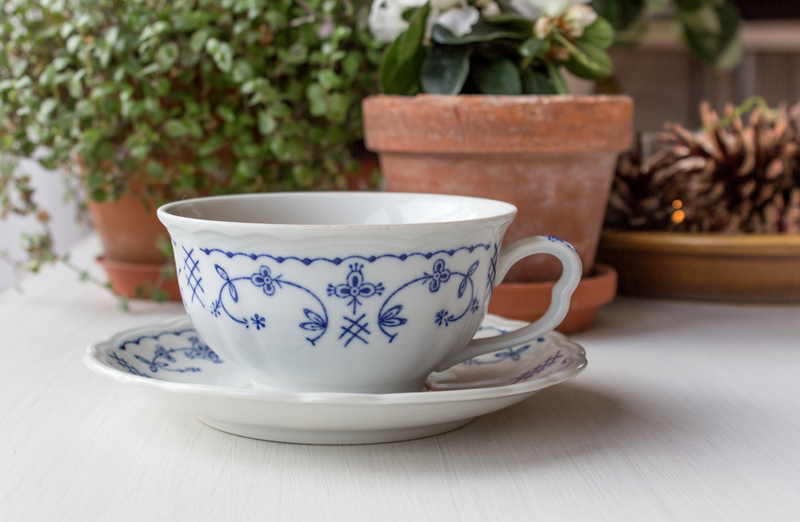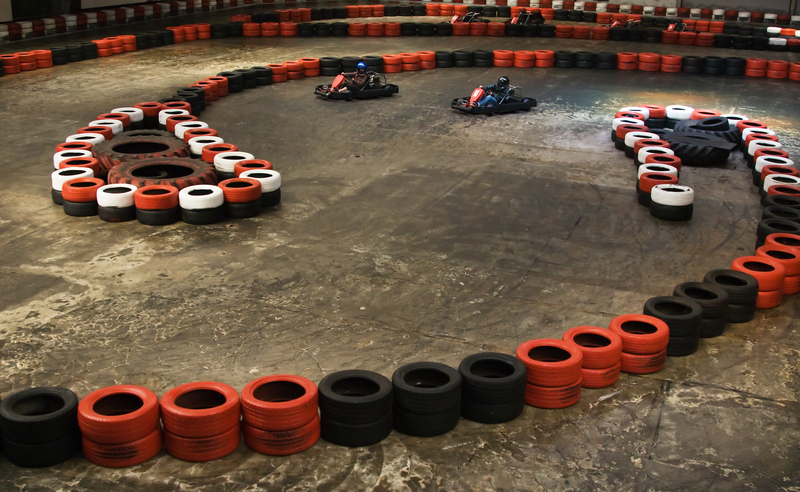From Overwhelmed to Organized: The Art of Hoarder Clean Up
Are you or someone you know struggling to conquer mountains of clutter? Witnessing rooms overtaken by possessions, unsure where to begin? You're not alone. Hoarder clean up, sometimes called hoarding cleanup or hoarder house cleaning, is both an art and a science. Transforming chaos into comfort is entirely possible--this guide outlines essential strategies, insights, and inspiration to help you reclaim your space and peace of mind.

Understanding Hoarding: More Than Just a Mess
Hoarding isn't just excessive clutter--it's a complex behavioral disorder that can affect anyone, regardless of age or background. For many, objects accumulate due to emotional attachments, anxiety, or even trauma. That's why when approaching hoarder clean up, it requires more than physical effort; it's also about compassion and sensitivity.
- Hoarding vs. Collecting: While collectors organize, hoarders accumulate with no system and without letting go.
- The Emotional Toll: The clutter often represents memories, fears, and unresolved emotions.
- Risks: Hoarding can create severe health issues, including fire hazards, mold growth, and increased fall risk.
Recognizing the root of hoarding is the first step in achieving a meaningful and lasting clean up.
Why Do People Hoard?
Understanding motivating factors behind hoarding sheds light on the immense challenge of decluttering:
- Sentimental Value: Items evoke memories, making them hard to discard.
- Perceived Usefulness: The belief that something will be useful "someday."
- Decision Paralysis: Fear of choosing wrong discourages any decisions at all.
- Social Isolation: Hoarding distances individuals from friends and family, but the possessions become a form of company.
- Mental Health: Anxiety, depression, and obsessive-compulsive disorder often coincide with hoarding behavior.
The Consequences of Clutter: When Hoarding Becomes Hazardous
Hoarding isn't simply unsightly--it can be dangerous. Cleaner homes aren't just about aesthetics; they impact health and safety.
- Fire Risks: Clutter can act as fuel, blocking exits and fire alarms.
- Pests and Mold: Accumulated garbage attracts infestations, leading to health problems.
- Structural Damage: Piled-up possessions can strain floors and walls.
- Social Isolation: Embarrassment and fear of judgment keeps loved ones away.
- Legal Consequences: Severe cases can result in fines or even eviction.
Organizing a hoarding clean up can be life-changing, restoring safety, dignity, and wellbeing to residents.
Step-by-Step Guide: Hoarder Clean Up That Works
Every hoarder clean up requires a deliberate, sensitive, and systematic approach. Here's how to tackle even the most overwhelming situations:
1. Prepare and Plan
- Build a Team: Whether family, friends, or professional hoarding cleanup services, a supportive team is essential.
- Set Realistic Goals: Create a roadmap--what areas will you tackle, and in what order?
- Gather Supplies: You'll need heavy-duty gloves, trash bags, storage bins, cleaning products, and protective equipment.
- Prioritize Safety: Assess structural risks and consider hiring professionals for hazardous materials.
- Emotional Support: Hoarding cleanup can be emotionally exhausting. Be patient, gentle, and prepare for setbacks.
Pro tip: Commit to small, daily wins. Progress is progress, no matter how gradual!
2. Sort and Categorize
- Triage Items: Use a simple four-box method: Keep, Donate, Recycle, and Trash.
- Start Small: Begin with a single room or area to avoid overwhelming the hoarder.
- Handle with Care: Respect sentimental items, and involve the hoarder in every decision to maintain trust and avoid trauma.
- Dispose Responsibly: Recycle e-waste, donate gently used items, and follow local rules for hazardous waste.
3. Deep Clean and Restore
- Remove Residue: Clean all surfaces after debris is removed--floors, walls, and air vents may need scrubbing or disinfecting.
- Address Odors and Stains: Old stains and odors may require specialized cleaning or equipment.
- Repair Structural Damage: Fix damaged walls, floors, or windows as needed for a livable, safe environment.
- Install Organizers: Use shelves, bins, and closet systems to maintain order and prevent future pile-ups.
4. Maintain and Prevent Relapse
- Establish Routines: Create a daily or weekly cleaning habit that's manageable.
- Therapeutic Support: Consider ongoing therapy or support groups to address the underlying causes.
- Minimize Incoming Items: Limit new acquisitions and make intentional choices about what enters your home.
The path from overwhelmed to organized is ongoing--celebrate each milestone and don't be afraid to ask for help.
When to Call Professional Hoarder Cleanup Services
Sometimes, the job is too big or dangerous to tackle alone. Expert hoarder house cleaning services can make a world of difference. Consider hiring professionals if:
- The amount of clutter is vast or includes biohazardous materials (mold, feces, sharp objects).
- Physical or emotional safety is at risk.
- Legal deadlines must be met (eviction threats, fines).
- You've tried DIY but progress is stalling.
Professional hoarder cleanup companies offer not only cleaning and disposal but also confidentiality and compassion. They're trained for the unique challenges of hoarder environments, ensuring safety and a respectful experience. Before hiring, always check credentials, reviews, and insurance.
Tips for Sustainable Organization After Hoarding Clean Up
Lasting transformation from hoarder to organized living takes more than a one-time purge. Follow these tips to maintain your freshly decluttered space and avoid future obstacles:
- Adopt a "One In, One Out" Policy: For every new item, part with an old one.
- Schedule Regular Decluttering: Set monthly reminders to assess and organize.
- Use Storage Wisely: Bins, drawers, and shelves can keep items contained yet accessible.
- Seek Community and Support: Stay accountable with a friend, family member, or support group.
- Practice Mindful Acquisition: Only purchase or collect items with true value or necessity.
Organization is a habit, not an event. Building in daily routines and regular reflection will keep you on track for years to come.
Dealing with Emotions: Compassion in Hoarder Clean Up
Too often, hoarder house cleaning is approached as a purely practical matter. The reality? Decluttering is deeply emotional. Here's how to approach the clean-up process with empathy:
- Move at the Hoarder's Pace: Rushing can trigger panic or distrust.
- Ask, Don't Assume: Each item may have unspoken significance--listen before deciding its fate.
- Acknowledge Achievements: Recognize and celebrate every step, no matter how small.
- Allow For Grieving: Letting go can feel like a loss--support and validate those feelings.
- Encourage, Never Shame: Shame breeds secrecy and relapse. Compassion fosters progress.
Remember, the journey from overwhelmed to organized starts with an open heart and a patient mind.
The Benefits of a Clean, Organized Home
Investing in hoarder clean up offers far-reaching dividends:
- Improved Health: Cleaner air, fewer allergens, reduced trip hazards.
- Better Emotional Wellbeing: Less anxiety, more pride, and improved confidence.
- Rebuilt Relationships: A welcoming space for friends and family to visit.
- Enhanced Functionality: More usable space for work, hobbies, and relaxation.
- Renewed Sense of Control: Clutter no longer rules your day-to-day life.
Reclaiming your space is not just about making room; it's about restoring quality of life.

Practical Tools and Resources for Hoarder Clean Up
- Professional Organizers: Trained in compassionate decluttering and efficient home organization.
- Therapists and Counselors: Address underlying mental health concerns.
- Community Groups: Local or online support networks foster accountability.
- Clutter Removal Companies: For safe, discreet hauling of unwanted items.
- Recommended Reading: Books such as "The Life-Changing Magic of Tidying Up" (Marie Kondo) and "Buried in Treasures" (David Tolin) offer guidance.
Don't hesitate to leverage these resources--they amplify your efforts and ease the emotional burden of hoarder clean up.
Conclusion: Your Journey from Overwhelmed to Organized Starts Now
What seems impossible today is achievable one step at a time. Taking on hoarder clean up is a courageous act, whether you're helping yourself or a loved one. By focusing on compassion, safety, organization, and ongoing support, you can transform overwhelming clutter into a peaceful, livable home. Remember, there is no one-size-fits-all solution--every person and home is unique. Yet with patience, empathy, and the right strategies, anyone can go from overwhelmed to organized.
Start your hoarder cleanup journey today--and rediscover the comfort and joy your home was meant to bring.